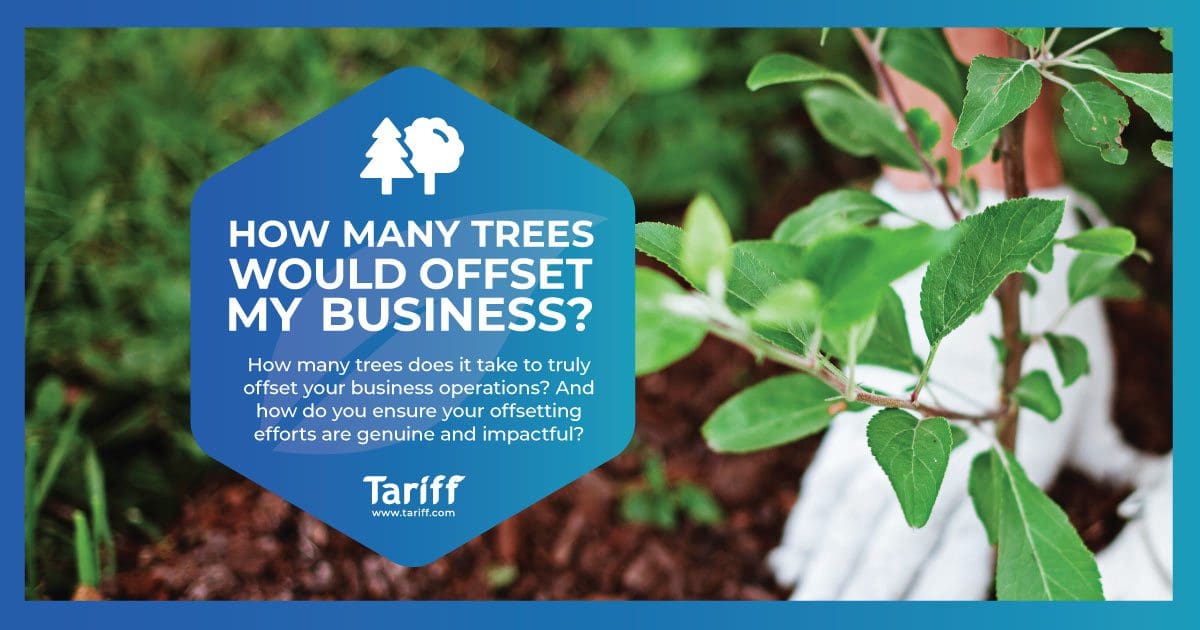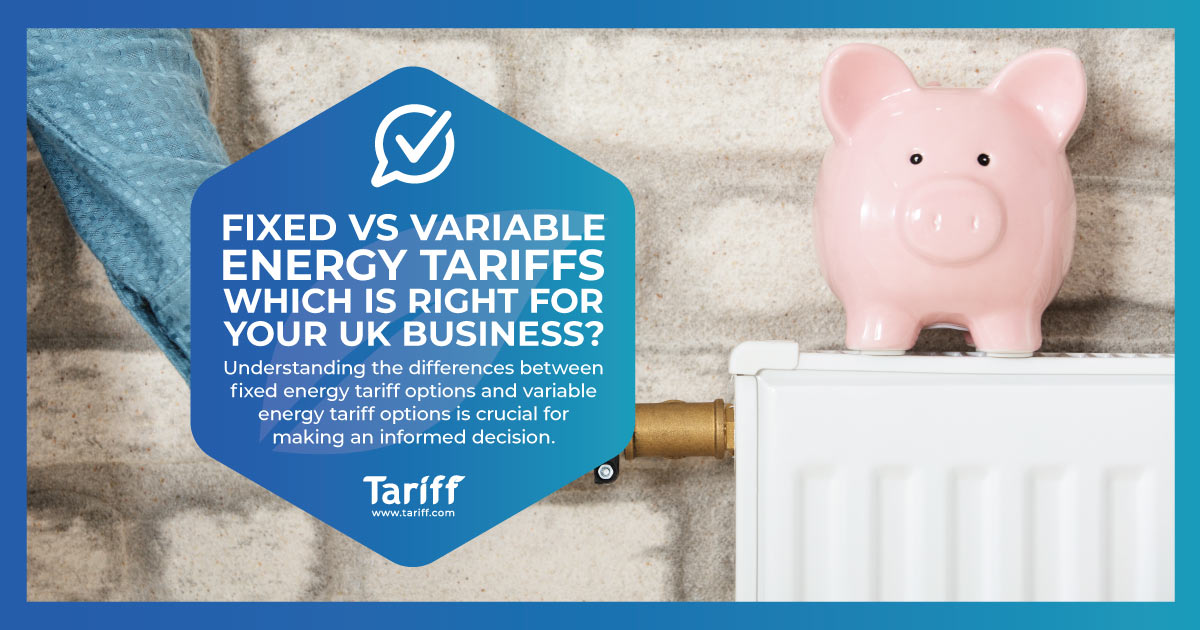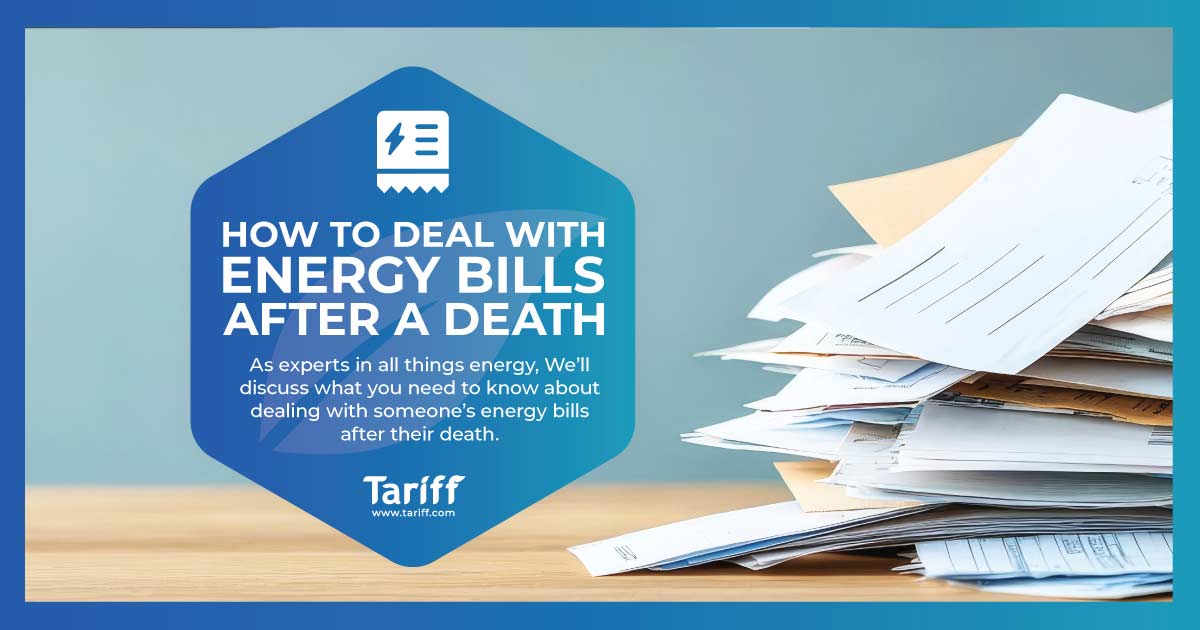The Future of Renewable Energy
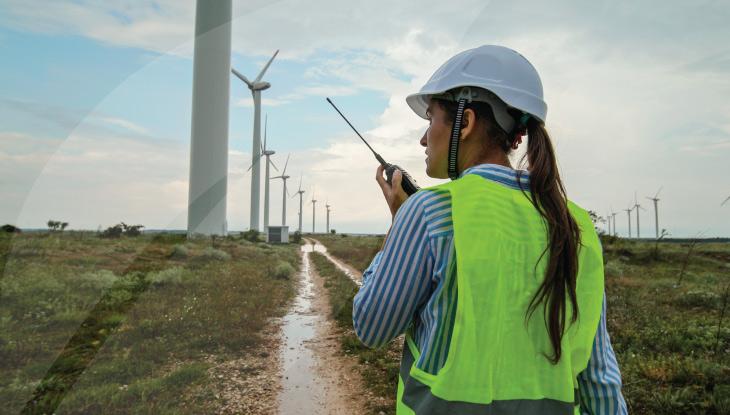
It’s a fact that the energy needs of the planet are constantly shifting. As populations gradually creep up, and we become a more technologically-dependent world, electricity and gas is continually and increasingly in demand.
This exponential rise is part of the catalyst in moving towards a greener, cleaner and renewable future for the energy we use. And that’s something that we at Tariff really understand, particularly in light of the recent global energy crisis.
With this article, we’ll explore what the future of renewable energy sources are, as well as how you can get ahead of the curve with your home or business energy needs, and avoid a repeat of the recent electricity and gas crisis.
What Are Renewable Energy Sources?
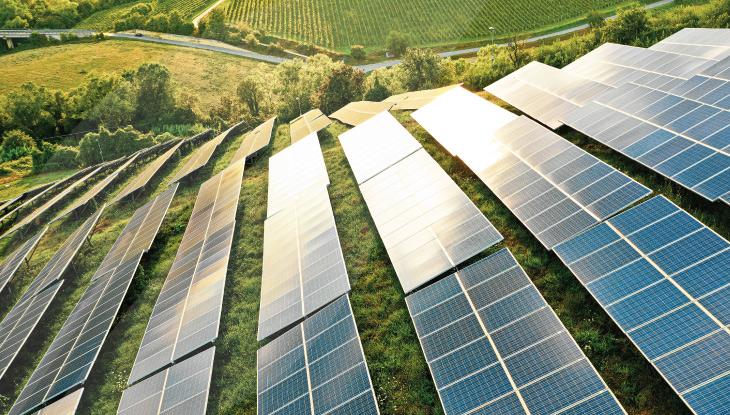
There’s often a lot of confusion that surrounds renewable energy sources. The term is used interchangeably with “green” and “clean” energy and, while there’s significant overlap between the three, it’s important to prise them apart to better understand their place in the future of energy.
Renewable energies are forms of energy that are infinite in their scope. They’re natural forms of energy generation that humans are able to harness and convert into gas and electricity and, more often than not, they have limited to no impact on the environment.
Good examples of these include wind and solar energy. These are constructed with minimal impact on the world around them (and often offshore, in the case of wind turbines), and provide an unlimited source of energy.
Both of those sources would also be classed as green and clean, too, as they don’t damage the environment (making them green), and they don’t release harmful greenhouse gases into the atmosphere (making them clean).
You can read more on the distinctions between clean, green and renewable energy in our comprehensive guide.
Other renewable energy sources don’t have those same green and clean credentials, but still offer an excellent sourced of uncapped energy. A great example of this would be hydroelectric power. The construction of dams and generators means that hydroelectricity can’t be classified as green energy, but it offers a cleaner alternative to the more conventional fossil fuels.
What Energy Sources Do We Currently Use?
Unfortunately, the world as a whole still relies heavily on non-renewable sources of energy like fossil fuels. These are extracted from the Earth’s core, and used in large-scale power plants to generate the electricity and gas we use in our homes and businesses.
These are finite sources of energy, meaning that we will eventually run out, with conservative estimates suggesting that we could use the of our oil and gas reserves in the next 60 years, closely followed by coal. It’s this scarcity that means there’s an increased focus on renewable energy sources.
According to Our World in Data, 11% of the energy consumed across the globe comes from renewable sources, with that number gradually climbing year on year as renewable technologies become more affordable and accessible for homes and businesses alike.
This is thanks in large part to the UN’s recent climate agreements, which outlined a global net-zero target for 2050 from over 120 nations across the world. This followed the Paris Climate Agreement, which set out the initial schemes for preserving and protecting the environment.
Initiatives like these have sparked increased focus on renewable sources of energy, as well as further investment into the technologies we need to continue developing.
In terms of the UK, our government has clearly started to take these guidelines on board. The latest figures show that renewable energy sources made up 41.4% of the total energy we used, with offshore and onshore wind farms providing the vast majority of that clean energy.
The UK is also aiming to lead the way in the move away from coal. Recent announcements state that, by October of 2024, the UK will no longer be using coal to produce electricity, which is a huge move towards that 2050 net-zero aim.
Of course, there’s still a long way to go. Countries like Iceland lead the way (almost 87% of their energy is completely renewable), but the movements that are being made point towards a positive planet-wide shift.
What Does The Future Hold For Renewable Energy?
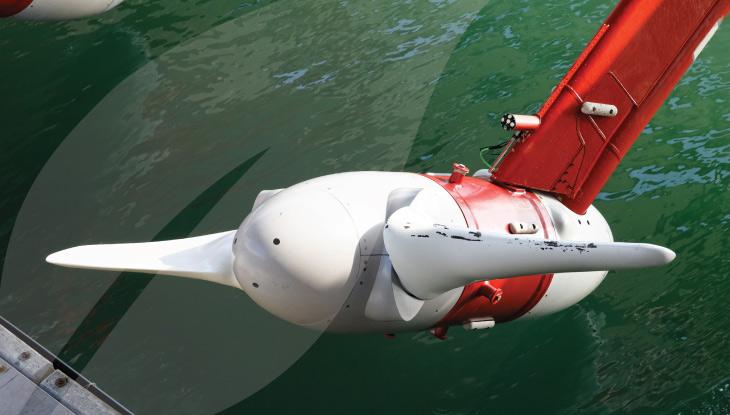
In truth, this is a difficult question to answer. There’s a long road ahead when it comes to implementing sustainable renewable energy practices, and it’s difficult to say with certainty what the world will look like once these ideas are put into place.
However, we can take an objective look at the proposed plans from various different initiatives, and how they’ll have an impact on the energy we consume and the way we consume it.
Much of this comes from the COP26 summit, wherein 153 countries agreed new targets for lowering their emissions, and changing for the better in terms of their energy usage. Let’s look at a few of the key achievements that came from the summit.
More Technological Developments
This is perhaps the biggest driver of the push for renewable energy, and one that can significantly influence the future of how we power the planet. As we gear up for a more environmentally conscious future, technology continues to develop to meet growing demands.
Wind turbines are becoming increasingly more powerful and intelligent, and with the continued expansion and growth of offshore and onshore wind farms, power production through these methods has grown exponentially.
In fact, the IEA reports that the amount of electricity generated through wind turbines has seen consistent year-on-year growth, with the period between 2019 and 2020 seeing the largest in recent memory.
That’s set to increase further in the UK, with a recently approved injection of funding for floating offshore wind farms. Wind already makes up an estimated 74% of the renewable energy in the UK, and further investment only means increased growth.
Solar panels continue to develop, albeit at a slower rate than wind and hydroelectricity. There have been significant breakthroughs, such as these panels developed at Oxford University, which could mean that solar becomes a much more viable source of renewable energy for the future.
Bigger Investment From World Governments
One of the key aspects of the advent of renewable energy technologies is the investment that needs to come along with it. This allows lesser developed countries, or those that still need to build the right infrastructure, to implement the policies agreed upon at COP26 and other summits.
With a proposed target of $100 billion across all world governments set, there’s already been substantial progress towards that, meaning that estimates now place the total figure raised at closer to $500 billion in climate-focused, renewable energy initiatives.
All of this public sector money is in addition to over $1.3 trillion from the International Development Finance Club, which seeks to inject significant investment into climate finance for the developing world.
There’s also been a withdrawal of funding from fossil fuel firms that aren’t seeking to implement sustainability or eco-friendly practices, meaning that this money can then be allocated to more environmentally conscious projects.
A Net-Zero Target For 2050
Arguably the most publicised outcome from the recent climate summit, the near-worldwide aim for net-zero by 2050 represents the largest and most notable achievement from COP26. It’s estimated that this net-zero commitment covers approximately 90% of all global emissions, as well as over 90% of the world’s GDP.
This means there’s an increased demand for renewable sources of energy, and particularly those that are clean (meaning they don’t emit greenhouse gases) and green (those that don’t have an environmental impact).
Net-zero also represents a key focus for businesses, too, in that there needs to be a concerted effort across the country to move over to energy sources that are both renewable and clean, such as wind or solar power.
Avoiding A Climate Catastrophe
While renewable energy sources herald a new beginning for your home or business energy needs, there’s also an underlying note of urgency and severity with that.
The move towards renewables, and particularly those that have limited impact on the environment around them, is one that absolutely has to happen. The WHO estimates that climate change could cause up to 250,000 additional deaths across the globe if things don’t change.
This is arguably the driving force behind this inexorable shift towards renewable energy sources. With the right global moves, we can ensure that temperatures don’t rise beyond 1.5°C, and avert a huge climatological disaster.
And while it seems like it’ll be difficult for your business to get involved with this movement, there are services and steps you can put into place to get started today.
How Can My Business Support The Move To Renewables?
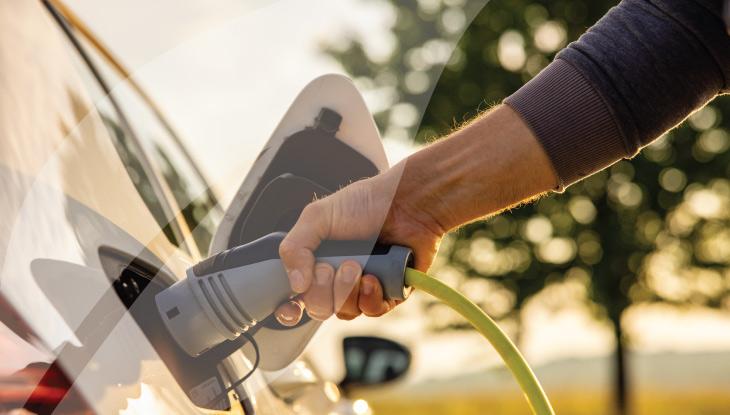
Now that we’ve explored how renewable energy is poised for a bright and lucrative future, it’s understandable that you’d be looking to get ahead of the curve, especially if you’re operating a business.
With a dedicated service like Tariff that’s designed to help switch your business energy, you’ll be able to take that leap towards a greener, renewable energy future for your business. Let’s look in more depth at the simple 3-step process.
Step 1 – We’ll Analyse Your Business’ Energy Usage
We believe that a thorough business energy switching service should start with understanding what your unique circumstances are, and the energy you use. There’s a few good reasons behind this.
Not only does it allow us to source the right provider for your needs, but it can also give us a much clearer insight into what you’d be looking for in the future.
For instance, if you operate a business that relies heavily on electricity (such as an office block), we’ll be able to factor that in, and source a business energy provider who’s got plans in place that ensure they’re both sustainable and eco-conscious.
We’re also able to measure the carbon footprint your business has with our signature IPSUM system. This displays your data in real time, meaning you can see exactly where and when your business expends energy.
Step 2 – We’ll Find Your Next Provider
Once we’ve analysed your business and its energy needs, we’ll do the legwork and find energy providers that we know can exceed the demands of your business. This is often the stumbling block for many business owners – it’s a time-consuming process, and one that many entrepreneurs simply don’t have the time to do.
That’s why we’re committed to providing a complete overview of the energy market, taking into account the company’s green policies, the levels of renewable energy sources they use, and their dedication to the future of energy.
We’ll then present our findings to you, so you can have the final say on the company you opt for.
Step 3 – We’ll Finalise All Your Paperwork
After you’ve chosen your energy provider from our handpicked selection, we’ll then organise all the necessary switching paperwork for you. We’re determined to make the process of switching as painless and simple as possible, especially for busy business owners.
All we’ll need from you at this stage is for you to pay your final bill, and submit a final meter reading (if necessary) to your current energy firm, and we’ll then complete any remaining forms so your switch is as seamless as it can be.
